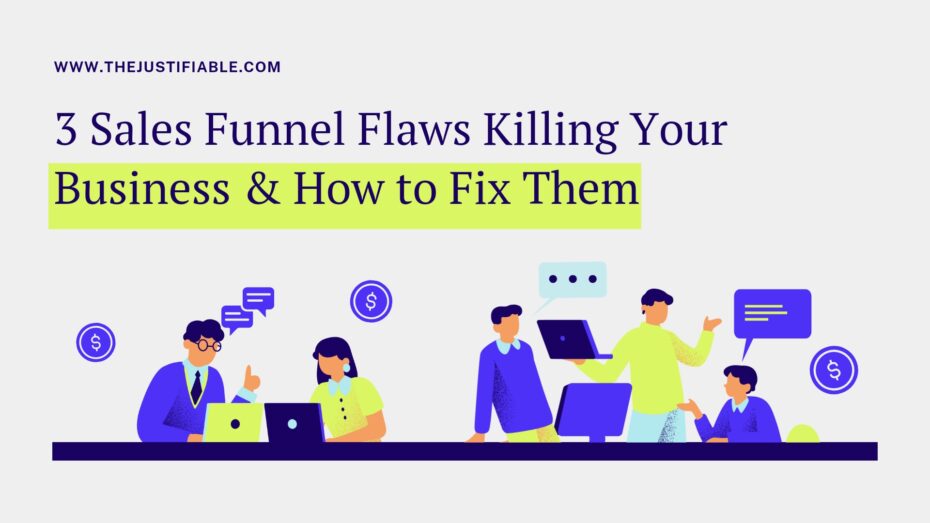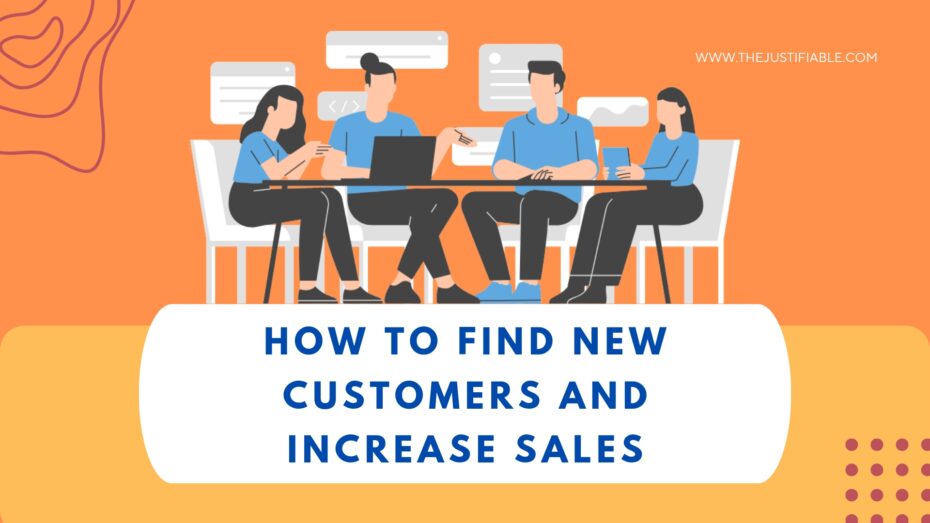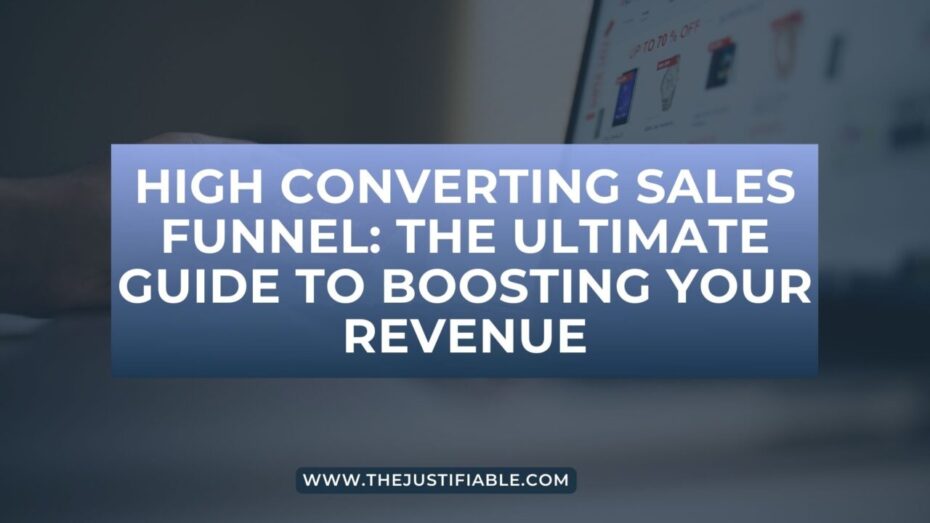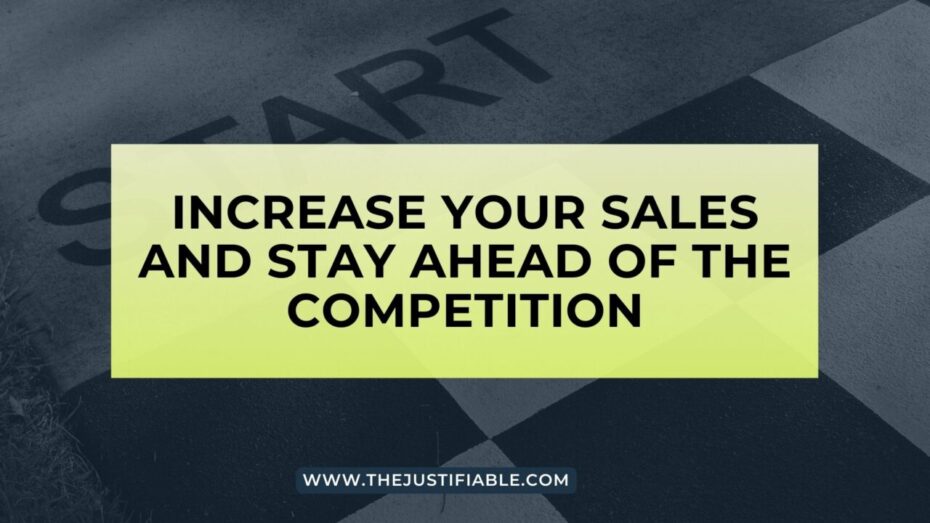Disclosure: This post contains affiliate links, which means that if you click on them and make a purchase, I will receive a commission. Read our Disclaimer for More.
Are you aware that sales funnel inefficiencies might be silently stifling your business’s growth? Have you ever pondered why, despite your best efforts, converting leads into loyal customers remains an uphill battle? The root of these challenges often lies within overlooked flaws in your sales funnel. Addressing these issues can revolutionize your approach to digital marketing and customer engagement.
Sales funnels serve as the backbone of your marketing and sales strategy, guiding potential customers through their journey from initial awareness to the final purchase decision. However, a single flaw in this funnel can significantly hinder your ability to effectively convert leads. This realization brings to light the critical need for a deep dive into the anatomy of your sales funnel, identifying areas of weakness and strategizing on how to fortify them.
The Vital Role of Your Sales Funnel in Business Success
The concept of a sales funnel might seem straightforward, but its impact on your business’s bottom line is profound. At its core, the sales funnel represents the customer’s journey, but it’s also a reflection of your business’s health and efficiency in converting prospects into customers. Understanding this journey is crucial for identifying bottlenecks that could be costing you dearly in lost sales and customer engagement.
A well-structured sales funnel not only maps out the path your potential customers take but also highlights opportunities for engagement and conversion at each stage. It’s a strategic tool that enables businesses to tailor their marketing efforts and sales pitches to meet the specific needs and behaviors of their target audience. This alignment between business offerings and customer needs is what ultimately drives conversion and loyalty.
However, the effectiveness of a sales funnel doesn’t solely rest on its design. It requires continuous monitoring and optimization to adapt to new market trends, consumer behaviors, and technological advancements. Businesses that excel in this area are those that view their sales funnel not as a static structure but as a dynamic ecosystem that evolves with their audience.
Understanding the Essence of a Sales Funnel
At its heart, a sales funnel is about creating a seamless and compelling journey for your potential customers. It’s a strategic framework that enables you to understand and influence the buyer’s journey, from the moment they become aware of your brand to the point where they make a purchase and beyond. This understanding is pivotal for crafting targeted strategies that engage your audience at the right time, with the right message.
The essence of a sales funnel lies in its ability to segment the customer journey into distinct phases, each requiring a unique approach to communication and engagement. By dissecting the journey into stages like awareness, interest, decision, and action, businesses can more effectively allocate their resources and tailor their messaging to guide prospects closer to a purchase.
Moreover, a comprehensive grasp of your sales funnel illuminates the path to enhancing customer experiences. It allows businesses to identify and eliminate friction points that deter prospects from moving forward, thereby increasing the likelihood of conversion. This proactive approach to funnel optimization is what sets successful businesses apart in a competitive marketplace.
Finally, understanding your sales funnel is about recognizing its dynamic nature. It’s not a set-and-forget tool but a living entity that requires ongoing attention and adjustment.
Flaw 1: Neglecting the Top-of-Funnel Awareness
“Your brand is the single most important investment you can make in your business” – Steve Forbes. This powerful statement underscores the critical importance of top-of-funnel awareness in building a successful sales funnel. Neglecting this crucial stage can significantly hamper your business’s growth and visibility in the competitive digital marketplace.
Top-of-funnel awareness is all about making your target audience aware of your brand and its offerings. It’s the first step in transforming an unaware visitor into a loyal customer. Yet, many businesses overlook this phase, focusing instead on direct conversions. This approach misses out on the opportunity to build a broad base of potential customers who, over time, can be nurtured into paying customers.
The key to unlocking the potential of top-of-funnel awareness lies in understanding your audience’s needs and interests. By creating content and marketing strategies that resonate with these initial interests, you can attract a larger audience to your brand. This not only increases your brand’s visibility but also lays the groundwork for a deeper relationship with potential customers.
Investing in top-of-funnel awareness is not just about increasing traffic; it’s about establishing a strong brand presence that fosters trust and credibility. This foundation is essential for guiding prospects through the subsequent stages of the sales funnel. Without a strong start, the journey toward conversion becomes significantly more challenging, underscoring the necessity of prioritizing top-of-funnel strategies.
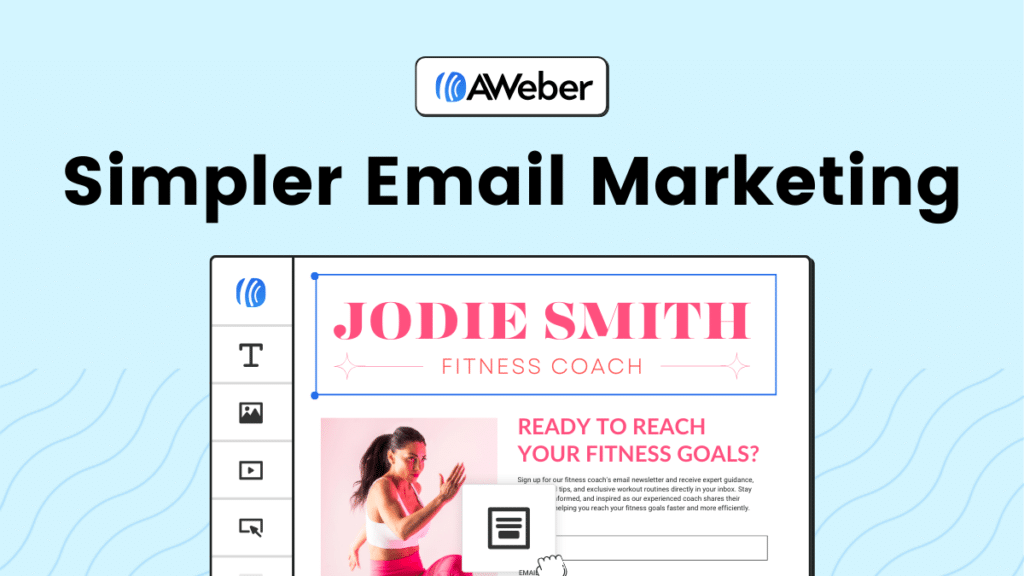

The Power of First Impressions: Increasing Top-of-Funnel Traffic
First impressions are lasting, and nowhere is this truer than in the digital world. The initial encounter a potential customer has with your brand can set the tone for the entire relationship. That’s why boosting top-of-funnel traffic is not just a numbers game; it’s about making meaningful connections that leave a positive, lasting impact.
Creating a strong first impression starts with understanding what your audience is searching for and presenting your brand as the solution to their needs. Whether it’s through engaging content, compelling ads, or an optimized online presence, your goal is to capture their interest and entice them to learn more about what you offer. This approach not only increases traffic but also enhances the quality of leads entering your sales funnel.
To truly capitalize on the power of first impressions, your content must be both informative and engaging. It should offer genuine value that addresses your audience’s questions and concerns, positioning your brand as a trusted authority in your niche. This value-driven approach encourages visitors to engage further with your brand, moving them seamlessly to the next stage of the sales funnel.
5 Strategies to Capture Your Audience’s Attention
Capturing your audience’s attention in today’s crowded digital landscape requires creativity, strategy, and a deep understanding of your target market. Here are five effective strategies to enhance your top-of-funnel awareness and ensure your brand stands out.
- First, leverage the power of storytelling. Stories resonate with people on an emotional level, making your brand more relatable and memorable. Share stories about your brand’s journey, customer successes, or how your products solve real-world problems. This approach not only captures attention but also builds an emotional connection with your audience.
- Second, utilize visual content to engage your audience. Visuals, such as images, videos, and infographics, are incredibly effective in grabbing attention quickly. They can convey complex information in an easily digestible format, making them perfect for attracting and holding your audience’s interest.
- Third, offer valuable resources for free. Whether it’s an informative e-book, a helpful guide, or an educational webinar, providing value upfront can significantly boost your brand’s appeal. This strategy not only attracts attention but also establishes your brand as a generous source of knowledge and expertise.
- Fourth, optimize for search intent. Understanding why your audience searches for specific terms and tailoring your content to meet those needs can dramatically improve your visibility and appeal. This SEO-focused approach ensures that your content is not only seen but also resonates with your audience’s current interests and questions.
- Lastly, engage with your audience on social media. Social media platforms offer a unique opportunity to connect with your audience in a more personal and interactive way. By actively engaging with users, responding to comments, and participating in relevant conversations, you can capture and maintain your audience’s attention, fostering a sense of community around your brand.
Flaw 2: Ignoring Customer Feedback at the Middle Funnel
Ignoring customer feedback in the sales funnel is like sailing a ship without a compass; you may move forward, but you’re likely off course when it comes to meeting your customers’ needs. The middle funnel, where prospects consider whether your solution fits their problem, is crucial for engagement. Here, customer feedback is the beacon that guides your adjustments and enhancements to align more closely with their expectations and preferences.
Customer feedback at this stage is invaluable. It offers direct insights into what your prospects are thinking and feeling about your offerings. Ignoring this feedback is a missed opportunity to refine your value proposition and improve the customer journey. Companies that excel in funnel optimization understand that feedback is a goldmine for enhancing product development, marketing strategies, and customer experiences.
Moreover, engaging with customers and soliciting their feedback demonstrates that you value their opinions and are committed to meeting their needs. This not only helps in fine-tuning your offerings but also strengthens customer relationships and loyalty. By actively listening and responding to feedback, you can create a more personalized and satisfying experience for your prospects, encouraging them to move further down the funnel.
Leveraging Feedback to Enhance Engagement by 50%
Feedback in the middle funnel is a powerful lever for boosting engagement and deepening connections with your prospects. By actively seeking and acting on customer feedback, businesses can see engagement rates soar, sometimes by as much as 50%. This dramatic increase is not just a number; it’s a testament to the power of listening to and valuing your customers’ voices throughout their journey.
To leverage feedback effectively, it’s essential to implement systematic ways of collecting it. Surveys, feedback forms, and social listening are tools that can help you gather valuable insights directly from your target audience. However, the magic lies not just in collection but in the thoughtful analysis of this feedback. Understanding the underlying needs and desires of your customers allows you to tailor your content, offers, and interactions to match their expectations more closely.
Acting on feedback also means making visible changes that your customers can see and appreciate. When customers notice that their input has led to improvements, they feel valued and more connected to your brand. This acknowledgment not only enhances customer satisfaction but also encourages further engagement and feedback, creating a virtuous cycle of improvement and loyalty.
Transform Insights into Action: A Guide to Mid-Funnel Optimization
Turning customer feedback into actionable insights is an art that can significantly optimize your mid-funnel strategies. It involves a meticulous process of sifting through feedback, identifying actionable insights, and implementing changes that resonate with your target audience. This process not only fine-tunes your sales funnel but also amplifies its effectiveness in nurturing leads.
The first step in transforming insights into action is to categorize feedback into themes or areas for improvement. This segmentation allows businesses to prioritize actions based on their impact on the customer journey and potential to drive conversions. Whether it’s simplifying the navigation on your website, enhancing product descriptions, or providing more personalized communication, each action is a step toward a more optimized funnel.
Implementing changes based on customer feedback also requires a cross-functional approach. It’s essential to involve various teams—product development, marketing, sales, and customer service—in the process. This collaborative effort ensures that improvements are comprehensive and aligned with the overall business strategy. Moreover, it fosters a culture of customer-centricity, where every department understands and contributes to enhancing the customer experience.
Flaw 3: Failing to Nurture Leads into Customers
It’s a truth universally acknowledged that not every lead will automatically become a customer. This acknowledgment brings us to a critical flaw in many sales funnels: the failure to nurture leads into customers. Nurturing is a crucial step in the sales process, where potential customers are provided with the information, encouragement, and incentives they need to make the journey from awareness to purchase. Without this nurturing, even the most promising leads can fall through the cracks, resulting in missed opportunities and stunted business growth.
Nurturing leads is about building relationships. It involves consistent and targeted communication that educates, informs, and engages your audience. By understanding the specific needs and pain points of your leads, you can tailor your messaging to address these directly, thereby enhancing the relevance and impact of your interactions. This personalized approach not only helps in keeping your brand top-of-mind but also builds trust, a crucial component in converting leads into loyal customers.
Effective lead nurturing requires a strategic blend of content marketing, email campaigns, social media engagement, and other communication tools. It’s about providing value at every touchpoint, offering solutions that meet leads at their point of need. By doing so, you turn your brand into a helpful resource, smoothing the path to conversion. Additionally, nurturing leads helps in segmenting your audience, allowing for even more targeted and effective marketing efforts.
Moreover, technology plays a pivotal role in optimizing the lead nurturing process. Automation tools can help in delivering timely and relevant content to leads, tracking their engagement, and providing insights into their behavior.
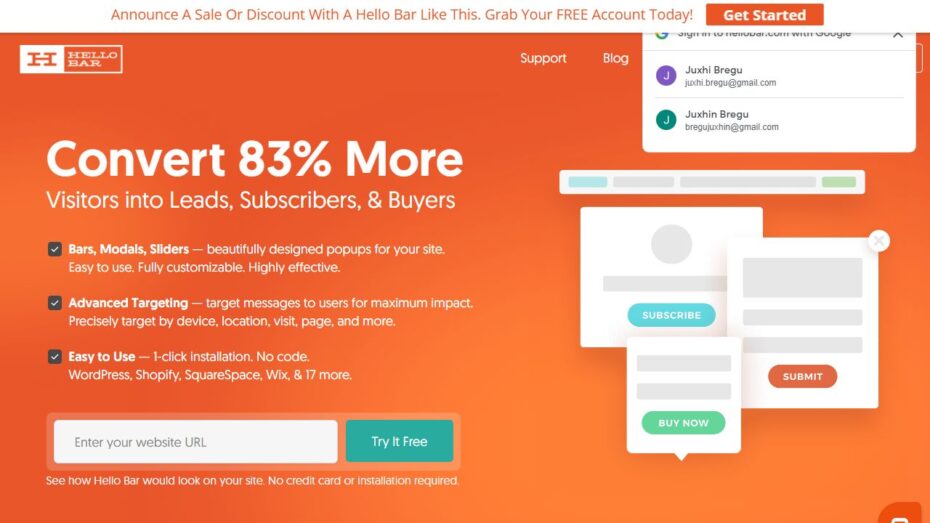

The Art of Conversion: Increasing Bottom-Funnel Success by 30%
Conversion at the bottom of the sales funnel is an art that combines timing, relevance, and personalization. By mastering this art, businesses can see a significant increase in their conversion rates, sometimes by as much as 30%. This impressive uplift is not just a result of random tactics but a strategic approach to nurturing leads, understanding their journey, and providing them with compelling reasons to choose your brand over competitors.
The key to boosting bottom-funnel success lies in recognizing the pivotal moments when a lead is ready to make a purchase decision. This requires a deep understanding of the customer journey and the ability to interpret signals of purchase intent. By aligning your marketing and sales efforts with these moments, you can present your leads with targeted, persuasive messages that encourage them to take the final step.
Personalization plays a crucial role in this process. Customized offers, tailored recommendations, and personalized communication can make a significant difference in converting a lead into a customer. These strategies demonstrate an understanding of the lead’s unique needs and preferences, making your solution more attractive and relevant. By making your leads feel understood and valued, you increase their likelihood of choosing your product or service.
Moreover, consistency across all touchpoints ensures a seamless and cohesive experience for leads at the bottom of the funnel. Every interaction should reinforce your brand’s value proposition and commitment to meeting the customer’s needs. This consistency builds confidence in your brand, smoothing the path to conversion.
3 Essential Tools for Effective Lead Nurturing
Effective lead nurturing hinges on the use of the right tools. These tools not only streamline the nurturing process but also provide valuable insights that can improve your strategies over time. Here are three essential tools that can significantly enhance your lead nurturing efforts, ensuring that no lead is left behind.
- First, a robust Customer Relationship Management (CRM) system is indispensable. A CRM system helps in organizing and managing lead information, tracking interactions, and automating communication. It provides a centralized platform for monitoring the lead’s journey, ensuring that you can deliver personalized content and follow-ups at the right time. By keeping all lead-related information in one place, a CRM system enables a more coherent and effective nurturing strategy.
- Email marketing platforms come in as the second crucial tool for lead nurturing. With features like segmentation, automation, and analytics, these platforms allow for highly targeted and timely communication with leads. Whether it’s a series of educational emails, product updates, or personalized offers, email marketing can play a pivotal role in moving leads down the funnel. The key is to provide value at every touchpoint, keeping your audience engaged and interested.
- Lastly, analytics and reporting tools are essential for measuring the effectiveness of your lead nurturing efforts. These tools can provide insights into how leads are interacting with your content, which strategies are most effective, and where there might be room for improvement. By analyzing this data, you can make informed decisions about how to refine your nurturing process, ensuring that it’s always optimized for conversion.
Integrating Analytics to Identify and Address Sales Funnel Flaws
How can you pinpoint where your sales funnel is losing potential customers? The answer lies in the strategic integration of analytics. By leveraging data, businesses can gain invaluable insights into every stage of their sales funnel, identifying bottlenecks and opportunities for optimization. Analytics offers a clear, data-driven snapshot of how leads move through your funnel, where they drop off, and what actions can help convert them into customers.
The first step in integrating analytics into your sales funnel strategy is to identify key metrics and KPIs that align with your business goals. These might include conversion rates at each stage of the funnel, average time spent in the funnel, and the effectiveness of different channels in driving leads. By focusing on these metrics, you can begin to understand the health of your sales funnel and identify areas that require attention.
Next, it’s crucial to utilize the right analytics tools that can track these metrics across various stages of your funnel. Tools like Google Analytics, CRM software, and marketing automation platforms can provide a wealth of data about your leads and their interactions with your brand.
These tools allow you to segment your audience, track their journey, and analyze the effectiveness of your marketing efforts in real-time.
Once you have access to this data, the challenge is to interpret it correctly and turn insights into actionable strategies. This might involve A/B testing different approaches to see what works best, refining your messaging, or adjusting your targeting criteria. The goal is to use the data to make informed decisions that enhance the efficiency and effectiveness of your sales funnel.
Unlock the Power of Data: Improving Your Sales Funnel’s Efficiency
In today’s digital age, the power of data cannot be overstated, especially when it comes to optimizing your sales funnel’s efficiency. But how exactly can you harness this power to make tangible improvements? The key is in understanding the journey your leads take, from the moment they become aware of your brand to the point of conversion, and beyond. Data analytics offers the insights needed to refine this journey, making every step as efficient and effective as possible.
Start by diving deep into the analytics to understand the behavior and preferences of your leads. This involves looking beyond surface-level metrics to uncover the story behind the numbers. For instance, analyzing the pathways through which leads enter and exit your funnel can reveal valuable insights about their interests and what might be causing them to disengage. This level of understanding enables you to tailor your strategies to better meet the needs of your leads, thereby improving the overall efficiency of your funnel.
Utilizing predictive analytics is another powerful way to enhance your sales funnel’s efficiency. By analyzing past behavior and trends, predictive models can forecast future actions of your leads, allowing you to anticipate their needs and address potential issues before they arise. This proactive approach not only streamlines the funnel but also creates a more personalized and satisfying experience for your leads, increasing the likelihood of conversion.
Moreover, data-driven segmentation and targeting are essential for funnel optimization. By categorizing your leads based on their behavior, demographics, and engagement levels, you can deliver more relevant and impactful content. This targeted approach ensures that your marketing efforts are focused on the leads most likely to convert, thereby increasing the efficiency and effectiveness of your sales funnel.
Revitalize Your Sales Funnel, Revitalize Your Business
The journey through your sales funnel should not be a path of resistance but a seamless voyage that guides potential customers towards making a purchasing decision with ease and confidence. Revitalizing your sales funnel is akin to refreshing the lifeblood of your business. It’s an acknowledgment that the landscape of digital marketing and consumer behavior is ever-evolving, and so too should your strategies for engaging, nurturing, and converting leads.
Revitalizing your sales funnel means going back to the basics—reassessing your target audience, understanding their current needs and pain points, and ensuring that every stage of your funnel addresses these effectively. It involves integrating analytics to gain deep insights into your funnel’s performance, identifying bottlenecks, and optimizing for a smoother customer journey. Remember, a well-oiled sales funnel is the engine that drives conversions and, ultimately, business growth.
Moreover, in this process of revitalization, it’s crucial to stay human. Behind every click, every lead, and every conversion is a person seeking a solution to their problem. Your sales funnel should reflect a deep understanding of these human needs and an earnest desire to help. Personalization, empathy, and genuine value should be the cornerstones of your funnel strategy, ensuring that every interaction feels tailored and meaningful.
Finally, remember that the work of optimizing your sales funnel is never truly done. The digital landscape shifts, new technologies emerge, and consumer preferences change. Staying agile, keeping your finger on the pulse of these changes, and being willing to adapt your strategies accordingly are key to maintaining a sales funnel that not only performs but excels. By doing so, you not only revitalize your sales funnel but set the stage for sustained business success and growth.
The Roadmap to Sales Funnel Mastery: Key Takeaways
Mastering your sales funnel is a journey that requires commitment, adaptability, and a keen understanding of your audience. The roadmap to sales funnel mastery is not about quick fixes but sustainable strategies that build and nurture relationships with your potential customers. Here are the key takeaways to guide you on this path to mastery.
First, understand that your sales funnel is the foundation of your marketing efforts. It’s essential to constantly revisit and refine this foundation, ensuring it aligns with your business goals and audience needs. This means regularly analyzing performance data, seeking feedback, and being prepared to iterate your approach. Each stage of your funnel should be optimized for maximum engagement and conversion, based on solid data and insights.
Next, leveraging technology and automation can significantly enhance the efficiency and effectiveness of your sales funnel. Tools like CRM platforms, email marketing software, and analytics dashboards are invaluable for tracking customer interactions, automating communications, and gaining insights into behavior and preferences. However, these tools should complement, not replace, the human touch. Personalization and genuine engagement are what will truly differentiate your brand in a crowded marketplace.
Moreover, education and value should permeate every stage of your sales funnel. From the first touchpoint to the last, your content should aim to inform, assist, and engage your audience, guiding them towards making an informed purchasing decision. This approach not only positions your brand as an authority in your field but also builds trust and loyalty among your customer base.

